This page is a repository of reports, studies and other data about the threat posed to U.S. consumers by illegal online drug sellers and measures being taken to combat this problem as well as reports related to prevalance of prescription medicine abuse, addiction and the opioid crisis in the United States.
AP-NORC Study: Americans Recognize the Growing Problem of Opioid Addiction
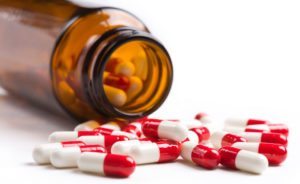
More Americans see opioid addiction as a significant issue for their community today than in 2016, according to a recent survey by The Associated Press-NORC Center for Public Affairs Research. Forty-three percent of Americans say the use of prescription pain drugs is a serious problem in their community, up from 33 percent two years ago. Additionally, 37 percent see heroin as a serious concern locally, up from 32 percent in 2016. Read More
Ending the opioid crisis: A practical guide for state policymakers
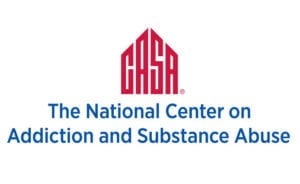
In October 2017, the National Center on Addiction and Substance Abuse (CASA) published a guide to support State-level policymakers in identifying mechanisms for preventing opioid addiction, reducing deaths from overdoses, and improving treatment programs. It also presented research and guidance on improving addiction care in the criminal justice system. The rise in opioid addiction and death in the U.S. cannot be overstated, and the lack of coordinated federal efforts leaves the burden on State and local governments and partners. This guide provides key recommendations on a public health approach to managing the opioid epidemic.
Read the complete guide from CASA.
Infographic & HHS Resources for Addressing the Prescription Drug & Heroin Overdose Epidemic
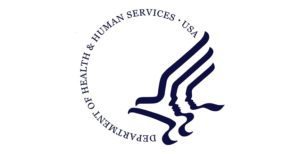
Opioids are natural or synthetic chemicals that bind to receptors in your brain or body. Common opioids include heroin and prescription drugs such as oxycodone, hydrocodone, and fentanyl.
The United States is in the midst of a prescription opioid overdose epidemic. On October 26, 2017, HHS Acting Secretary declared a public health emergency to address the national opioid crisis. Each day, according to the Centers for Disease Control and Prevention, 140 Americans die from drug overdoses, 91 specifically due to opioids. 52,404 Americans died from opioid overdoses in 2015, and preliminary numbers indicate at least 64,000 died in 2016. Read More
IPR Center
The IPR Center stands as a focal point in the U.S. government’s fight against counterfeiting and the flow of counterfeit goods into the commerce of the United States. The center employs a true task force model to optimize the roles and enforcement efforts of member agencies, while enhancing government-industry partnerships to support ongoing IPR enforcement initiatives.
Read more about National IPR Coordination Center activities.
Mapping Health Communication and Education Strategies Addressing Dangers of Illicit Online Pharmacies

A review article in the February 2016 issue of the Journal of Health Communication: International Perspectives identified 13 organizations working in the area of consumer education on illicit online pharmacies; 9 of which were engaged in a health promotion activity. CSIP was included in the study – with emphasis placed on its social media efforts to raise awareness of the importance of purchasing medications from safe online sources.
NABP: Buying Medicine Online (2012 Report)
“These days, buying prescription drugs from the Internet is easy, but finding a safe source for those medicines is not. More and more people are turning to the Internet for cheaper drugs that are easy to get, but medicines purchased from these Web sites often come with the risk of harming you or your family. Rogue Web sites are all over the Internet selling drugs that are not what they appear to be. These sites may be selling drugs that are counterfeit, contaminated, or otherwise unsafe. …”
National Network Study Highlights Dangers in Online Purchasing of Chemotherapy Medication
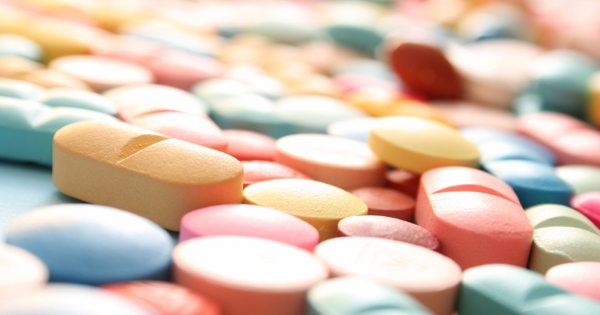
Since prices of imatinib (Gleevec) remain high, patients on oral chemotherapy are looking for alternative methods to access this life-saving medication. In this 2022 study, the authors assessed the accessibility of imatinib through online pharmacies and analyzed each website for medication safety, price, and marketing tactics.
Reducing the U.S. Demand for Illegal Drugs
A bipartisan report entitled Reducing the U.S. Demand for Illegal Drugs (June 2012) outlines strategies for Congress and the Obama Administration to reduce the massive U.S. demand for illegal drugs.
Drug abuse in the United States poses a major public health challenge while also costing our country $193 billion a year in preventable health care, law enforcement and addiction expenses. In 2010, about 22.6 million Americans aged 12 and older were current illegal drug users. This is the largest proportion in the past decade of people aged 12 and older identified as current illegal drug users.
Report: Accessibility of Low-Cost Insulin From Illegitimate Internet Pharmacies
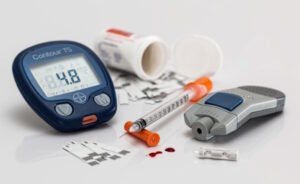
With 1-in-4 patients in the United States with type 1 diabetes reporting difficulties affording insulin, there is concern that some of these patients might look for cost savings on the internet, unaware that 96% of internet pharmacies are illegitimate. Read More
Report: Non-Prescription COVID-19 Treatments Available on the Web Demonstrate Heightened Need for Online Pharmacy Safety

The COVID-19 pandemic has increased online purchases and heightened interest in existing treatments. Dexamethasone, hydroxychloroquine, and lopinavir-ritonavir have been touted as potential COVID-19 treatments. This 2022 study assessed the availability of 3 potential COVID-19 treatments online and evaluated the safety and marketing characteristics of websites selling these products during the pandemic. Read More


